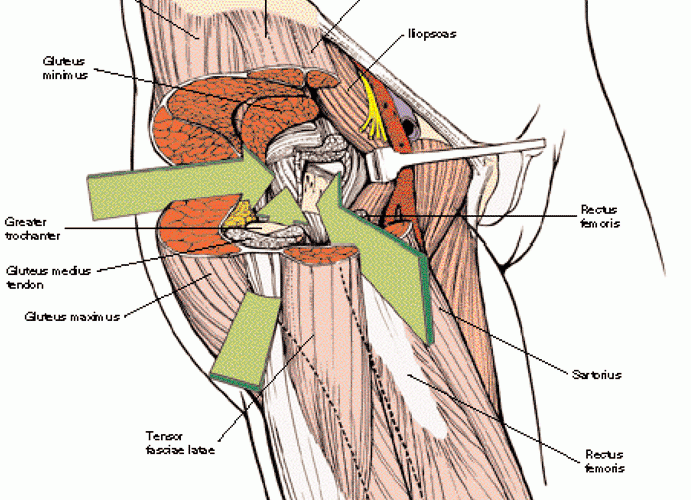Surgery is done very gently and cautiously with minimally invasive surgery. The duration of surgery, for example, is less important than the applied thoroughness. The overall trauma is less. That’s why we call it also less invasive surgery.
Muscles for stability and agility stay impaired.
The technique of wound closure is taken over from plastic surgery to have the best cosmetic results. We often get compliments from patients, colleagues, and physiotherapists. One advantage on top is the direction of the scar to the back instead to the front. The scar heals better and is invisible from the front.
Patients could and shall exercise from the day of surgery on and are allowed to get out of bed and walk with full weight from the very beginning on.
To even improve this achieved success we follow the Fast-track-Program or also called Enhanced Recovery Programm (ERP). That means: Special medication to prevent bleeding and application of local anesthesia, early mobilization and avoiding drains. The combination offers the patient the best possibilities to recover faster than with usual procedures.
Approach
Implant Survival After Minimally Invasive Anterior or Anterolateral Vs. Conventional Posterior or Direct Lateral Approach: An Analysis of 21,860 Total Hip Arthroplasties from the Norwegian Arthroplasty Register (2008 to 2013)).
Comparison front to rear access ENG by Richard Sweet, M.D. /USA
The following images show visibilities of the pelvis bone (green circles: visible, red crosses: invisible):
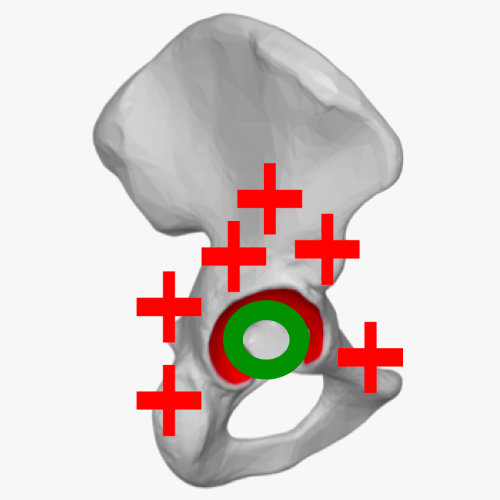
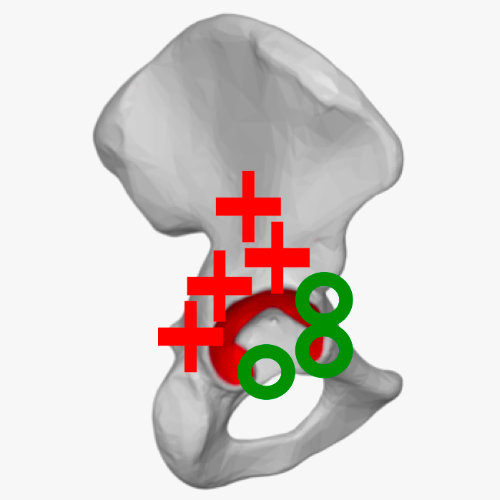
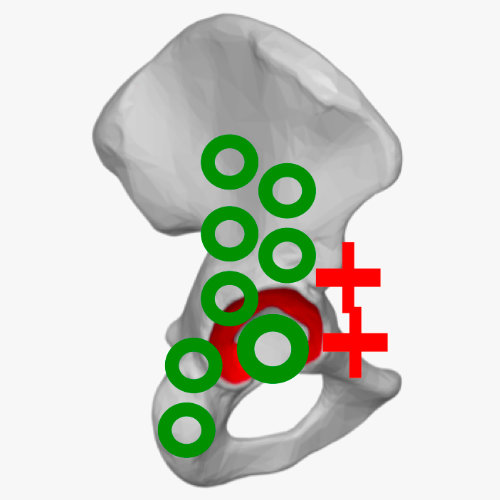
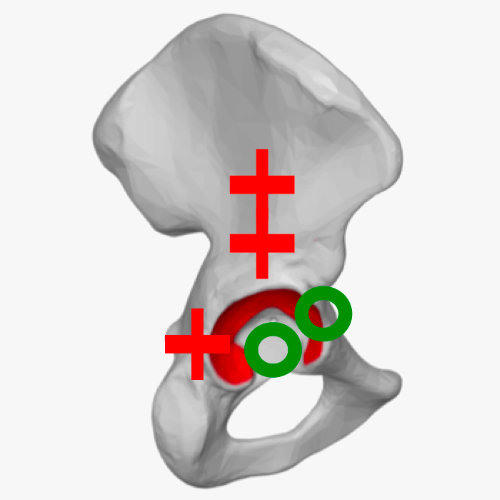
(by Dr. Rolf Schipp)
These visibilities are important in revision surgery and have therefore influence the choice of the approach in primary surgery.

